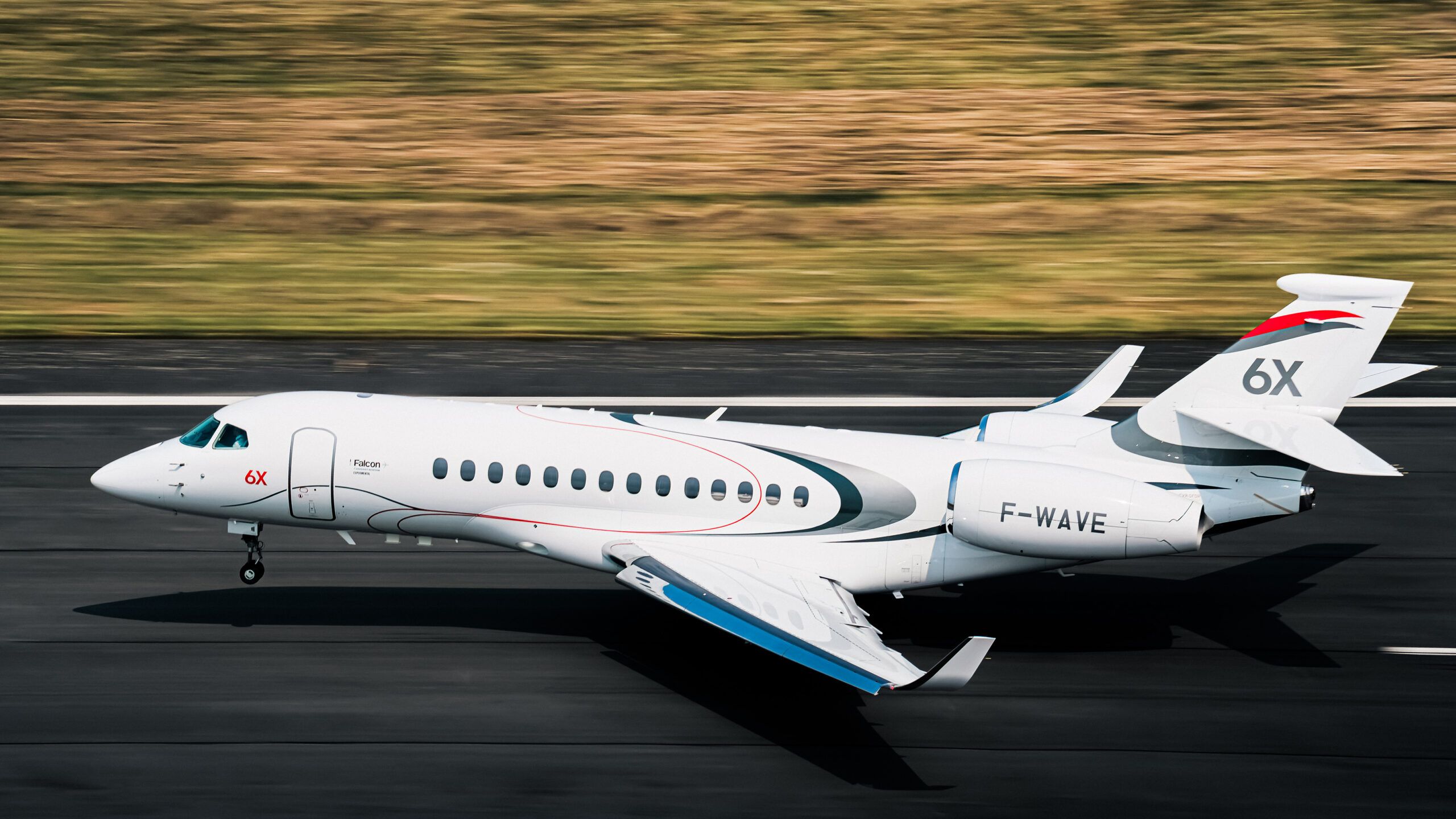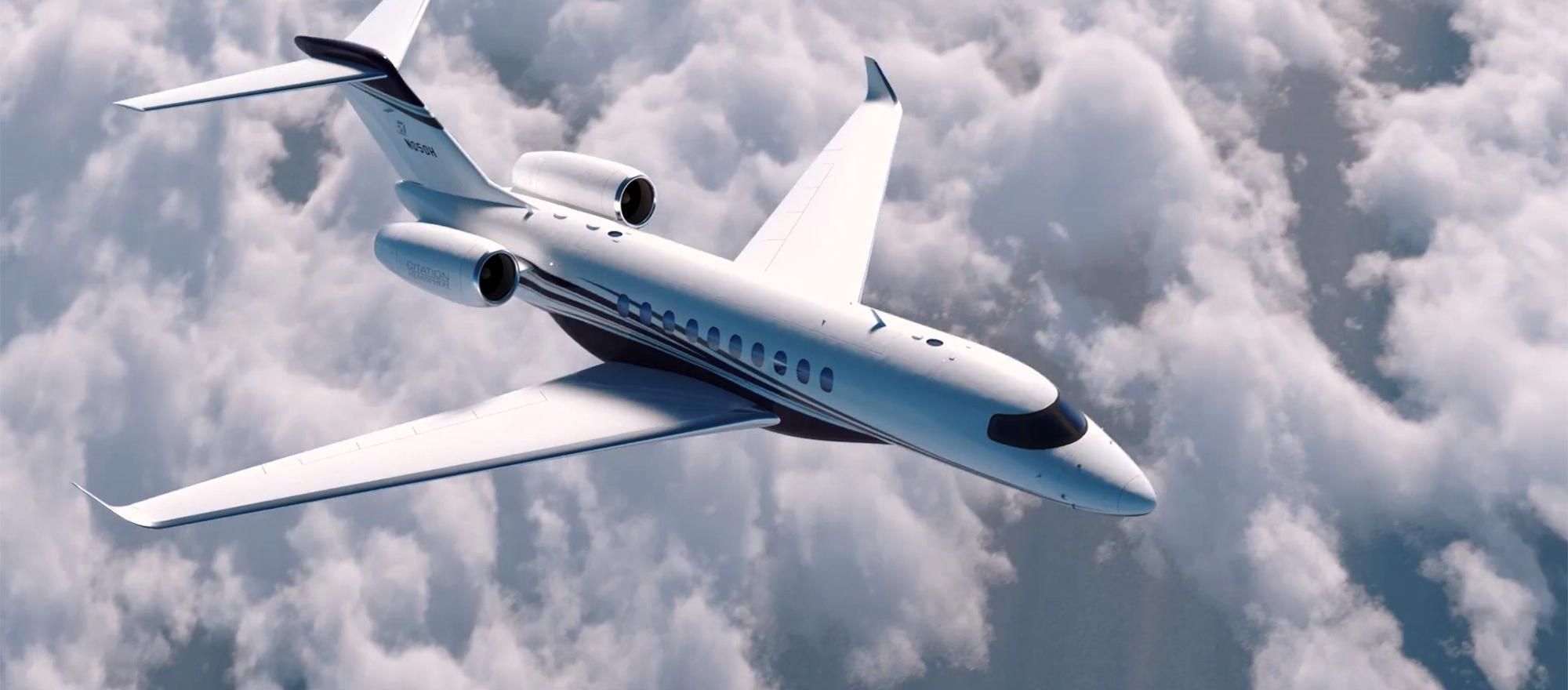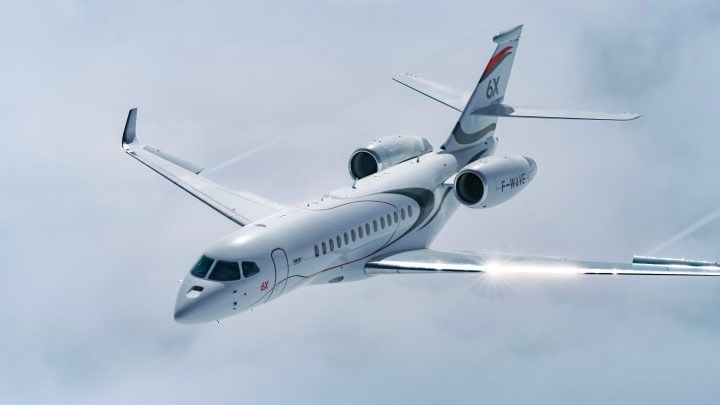Summary
- The Cessna Citation Hemisphere project was halted in 2018 due to engine performance issues by Safran Aircraft Engines.
- Safran Silvercrest engines showed reduced performance in high-altitude tests; alternative engines considered.
- Hemisphere was proposed to be the largest jet in the Citation family with a cruise speed of Mach 0.9, with revised engine options under consideration.
Cessna Citation Hemisphere was a business jet design announced in November 2015 by Cessna, a Textron Aviation company, as a new addition to its Citation family. While it was planned to enter service in 2019, the program was called off in April 2018 following several delays, particularly in the development of its engines by French manufacturer Safran Aircraft Engines.
Cessna Citation Hemisphere
Proposed general characteristics
- Capacity: 12 passengers
- Fuselage diameter: 102 inches (260 cm)
- Powerplant: 2 × Safran Silvercrest turbofans, 12,000 lbf (53 kN) thrust each
The Cessna Citation Hemisphere was introduced during the National Business Aviation Association (NBAA) convention in 2015, proposing the widest cabin in its class. Designed to operate alongside its Citation Longitude, the Hemisphere was aimed at offering a lot more in terms of capacity and passenger comfort.
Textron Aviation stated that it was putting its flagship Citation Hemisphere business jet program on hold due to concerns over the Silvercrest engines by Safran, as reported by Forbes. The power and performance required to operate the fixed-wing twin-engine aircraft were lacking by the engine manufacturer.
The two partners worked together for several months to conduct extensive tests (on test engines) to identify its performance and integrate with the proposed Citation airframe. According to the Senior Vice President of Engineering at Textron Aviation, Brad Thress, as reported by Safran,
“We have worked steadfastly with Safran to understand the development stages of the Silvercrest engine. Throughout our review, we have remained confident that the Silvercrest is the best choice for the Hemisphere, and we are pleased to see Safran’s enduring commitment to delivering it on time and target.”
Photo: Textron Aviation
The Silvercrest engine showed reduced performance in high-altitude tests due to pressure losses within the high-pressure (HP) compressor. The lower performance was associated with cruise attitudes due to its axial-centrifugal architecture.
While Safran worked its way to resolve engine issues, Textron considered an alternative option for power plants. A competitor engine in the name of Pratt & Whitney Canada PW800 engine was considered. The PW800 series features a greater power output but could be tailored to meet the needs of the Citation Hemisphere.
| Cessna Citation Hemisphere proposed power plants | Safran Silvercrest turbofans | Pratt & Whitney Canada PW800 turbofans |
|---|---|---|
| Type | Twin spool | Twin spool |
| Length | 74 in (190 cm) | 105.8 in (269 cm) |
| Diameter | 42.5 (108 cm) | 50 in (130 cm) |
| Compressor | 4 low-pressure stages, 4 high-pressure blisks + 1 centrifugal stage | 24-blade, single-piece Single-stage fan, 2-stage LP and 8-stage HP compressor |
| Turbine | 1 high-pressure, 4 low-pressure stages | 2 stage HP and 5 stage LP turbine LP: max 6,240 rpm, HP: max 24,043 rpm |
| Maximum thrust | 12,000 lbf (53 kN) | 15,429 lbf (68.63 kN) |
| Bypass ratio | 5.9:1 | 5.5:1 |
| Thrust-to-weight ratio | 5 | 4.92 |

Related
What Is The Most Flown Cessna Citation Variant?
The Citation Excel aircraft series has been the world’s most-flown business jet for over 15 years before this year.
What could the Citation Hemispheres look like?
The Cessna Citation family is known for its super midsize jets catering to the 8 to 12-passenger market. The largest jet in the series is the Citation Longitude, again with a seating capacity for 8-12 passengers. The existing Citation Longitude jets are powered by two Honeywell HTF7700L turbofan engines, each generating approximately 7,600 lbf (34.1 kN).
Photo: Textron Aviation
Comparing the engine power desired (2x 12,000 lbf/53 kN) for the proposed Citation Hemisphere, the jet could have been the largest business jet in the Citation family. While the published seating capacity was 12, it could have plenty of space for comfortable, luxury seating and a generous storage space.
Operational capabilities
Proposed performance characteristics
- Cruise speed: 516 kn (594 mph, 956 km/h) Mach 0.9
- Range: 4,500 NM (5,200 mi, 8,300 km)
- Cabin Altitude: 5,000 ft (1,500 m)
Comparing the proposed cruise speed of the Citation Hemisphere to the existing Longitude, it is considerably greater. The Citation Longitude has a maximum operational speed of Mach 0.84 (483 knots, 556 moh, 895 km/h). The Hemisphere’s cruise speed could be as high as Mach 0.9 (516 knots, 594 mph, 956 km/h), in line with the large Bombardier business jets, including the Global 6000 and 7500.

Related
Bombardier Global 7500 Vs Gulfstream G700: Which Plane Is Better?
The competition is close between these two high-performing contenders.
Not the only one affected by the Silvercrest engines
The Citation Hemisphere is not the airframe affected by the lack of performance and compatibility of the Safran-manufactured engines. The French aircraft manufacturer Dassault Aviation canceled its Falcon 5X program due to Silvercrest engines. However, the company relaunched the design as Falcon 6X powered by Pratt & Whitney Canada PW812D engines.
Photo: Dassault Aviation
Notably, Textron Aviation has put the Citation Hemisphere program on hold rather than terminating it altogether. This means it can revisit the existing engine and airframe combination and also consider other engines for the design. The company can also revamp the existing design with a different set of engines.

Related
EASA & The FAA Certify The Dassault Falcon 6X Private Jet
The certification comes after over two years of test flight campaigns.
What do you make of suspending the Cessna Citation Hemisphere business jet? Share your views in the comments section.




